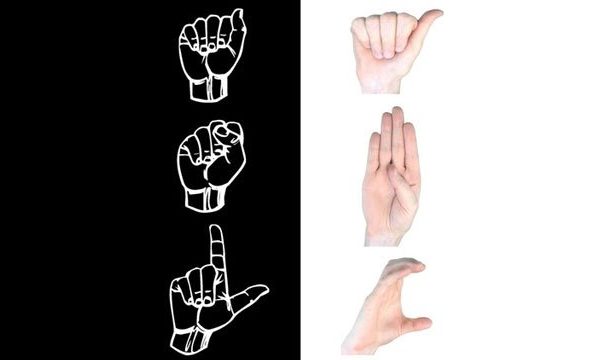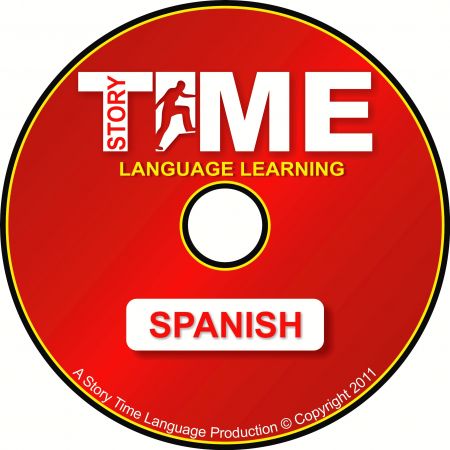Language: English | Size: 3.77 GB | Duration: 8h 37m
Japanese language training course by a university professor based on the four seasons of Japan
What you’ll learn
You can learn Japanese that you can use in your daily life through abundant examples, kind and polite explanations using figures and pictures, and many exercise
You can improve your ability to guess by using photos, figures, and pictures.
You will be able to listen to conversations in your daily life and have simple conversations with your friends.
You can create “ears” that allow you to hear Japanese.
Through reading aloud practice, you can prevent “return reading” and understand in Japanese word order.
Description
This is a training course that focuses on exercises with explanations. The course begins with exercises on “demonstratives,” and “particles,” followed by two conversational Challenge sections.
The “demonstrative” influences the content of the sentence. Here, after carefully explaining how to use “Kore, Sore, Are, Dore”, “Kochira (Kotsuchi), Sochira (Sotsuchi), Achira (Atsuchi), Dochira (Dotsuchi)”, etc., check the comprehension level with exercises.
Also, “Particles” are surprisingly easy for foreigners to make mistakes. Here, we will mainly explain how to use “Wa, Ga, O” and how to use expressions such as “De”, “Kara”, and “~No~Ni”, and practice exercises.
I spend a lot of time explaining examples and exercises. I explain carefully using figures and pictures.
In addition, I will proceed while asking many questions to the students. You are not just listening.
I also spend time practicing reading aloud.
This is also a conversation course with the aim of improving Japanese listening and reading comprehension.
For example, Section 2 says “Let’s apply for a part-time job!” And listens to the conversation between the “clerk” and the “applicant” when applying for a part-time job at a coffee shop. You will learn how to understand honorific expressions, how to use them, and the Kanji that are often used in part-time jobs and their meanings. In addition, we will practice reading aloud by slash reading to improve listening comprehension.
You can also have a simple conversation with your friends in natural Japanese towards the end of this course.
Through reading aloud practice, you can prevent “return reading” and understand in Japanese word order.
Furigana is added to the kanji. This is because I want everyone to be able to read kanji. If you can read kanji, you can practice reading aloud. I value reading aloud practice. This practice method has the effect of activating the brain because the brain performs complicated processes such as reading letters with the eyes, speaking with the mouth, and listening to the voice with the ears. “Reading aloud practice by slash reading” is an effective learning method for those who have a problem that “the sentences are too long and you cannot understand what you are saying in the middle.”
In other words, this reading aloud practice method is a method of preventing “return reading” and understanding in Japanese word order. Think you’ve been fooled and try reading aloud for about 20 minutes every day.
Who this course is for:
Those who want to improve their listening and reading comprehension rather than Japanese grammar, vocabulary, pronunciation, etc.
Those who want to learn Japanese on the themes of Japanese social circumstances, culture and customs, daily life, etc.
Those who want to talk in Japanese, such as international students, working people, and housewives.











Reviews
There are no reviews yet.